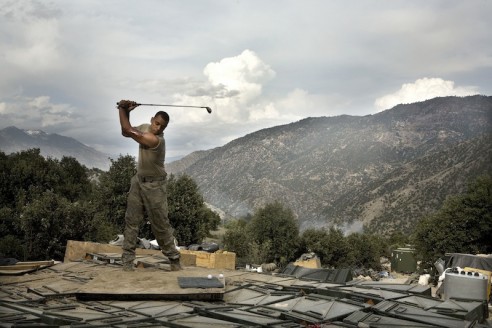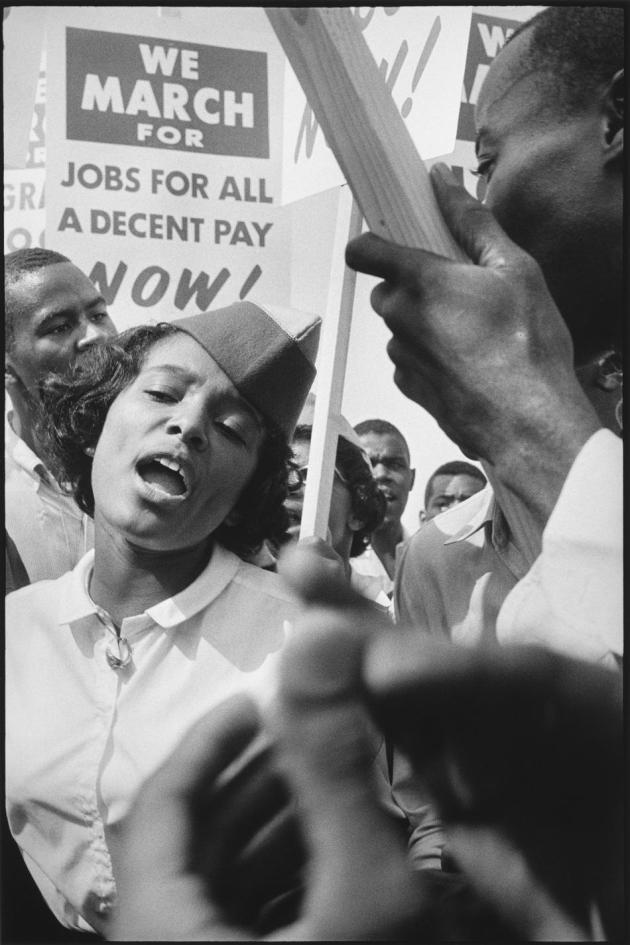Open for Business is the story of British manufacturing and industry told through the lens of 9 Magnum photographers.

Princess Yachts, Plymouth. 72 foot motor yachts. L/R, Tony Bruce, Darrell Bratcher, Craig Wickes, Mark Lavis
Credits : © Chris Steele-Perkins / Magnum Photos
Pelamis wave machines, the Sound of Hoy, Orkney Islands
Credits : © Stuart Franklin / Magnum Photos
In 2013, Multistory and Magnum Photos commissioned nine of the world’s leading photographers to document contemporary British manufacturing. During a period of great economic instability, and where questions are being raised about the strength of western economies within the worldwide market, there has never been a more relevant time to explore the condition of Britain’s manufacturing future.
22 August 2014 – 2 November 2014 Science Museum London

Conor. Tate & Lyle sugar refinery, London
Credits : © Bruce Gilden/MAGNUM PHOTOS
Renishaw, Bristol. Worker on the assembly line at the precision engineering plant
Credits : © Martin Parr / Magnum Photos
In 2013, Jonas Bendiksen, Stuart Franklin, Bruce Gilden, David Hurn, Peter Marlow, Martin Parr, Mark Power, Chris Steele-Perkins and Alessandra Sanguinetti photographed over 100 workplaces across the UK, from one-man businesses to FTSE 100 companies.
Through eye-opening photography and film footage, Open for Business celebrates the resilience of British industry. From traditional, handmade crafts, foundries and assembly lines to modern, intelligent automation, laboratories and high-tech cleanrooms, this economic sector demonstrates an extraordinary adaptability and diversity.
Discover a different side of London in the work of award-winning American street photographer, Bruce Gilden, who focuses on the varied manufacturing taking place in the city. Creating unflinching portraits of workers at the Tate & Lyle and Vauxhall factories, Gilden demonstrates the physical impact of work, and raises questions about the social responsibilities of companies to their employees.
As British industry faces several challenges, Open for Business reveals the daily struggle at a human level as businesses attempt to cut costs, streamline processes and level up to international competition. The project captures British manufacturing’s effect on regional culture and community life, and celebrates the work, activities and lives of its employees.
For more information about the project, visit the Open for Business website.
See behind the scenes images of the photographers’ shoots on the Open for Business Tumblr.

Inspection and service hatch on a section bending machine
Credits : The Angle Ring Ltd, Tipton, Black Country. Large scale metal bending. © Peter Marlow / Magnum Photos
Bombardier, Derby. Train production
Credits : © Mark Power / Magnum Photos








 Paris, 1985 (© Harry Gruyaert / Magnum Photos)
Paris, 1985 (© Harry Gruyaert / Magnum Photos)



























